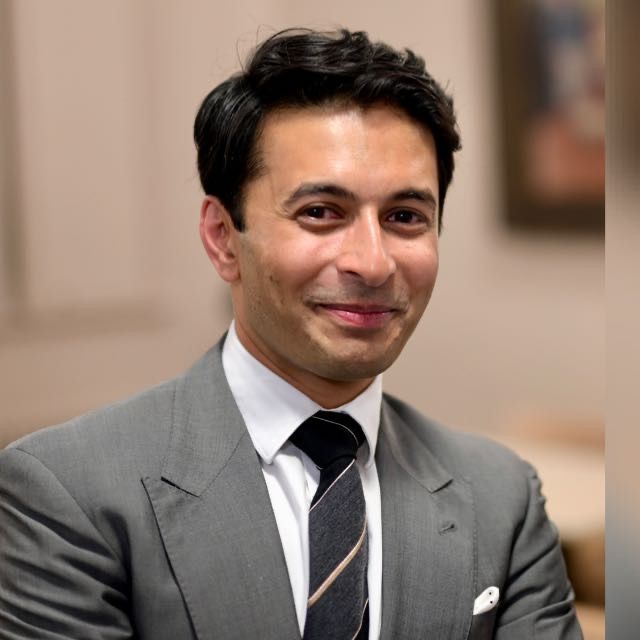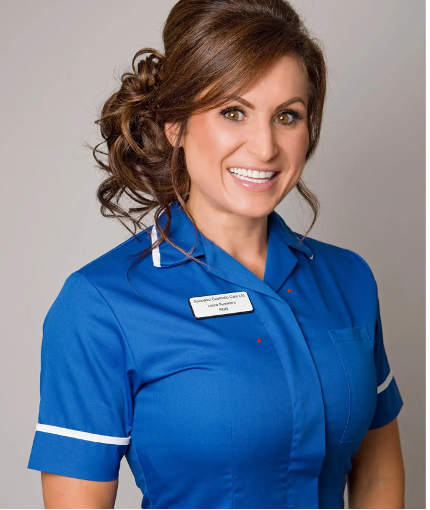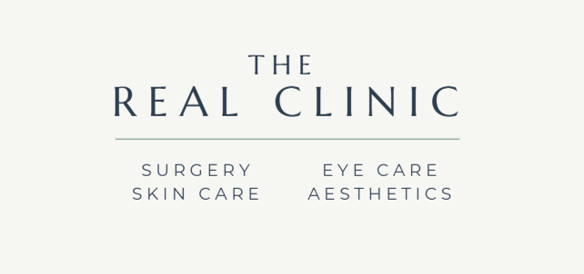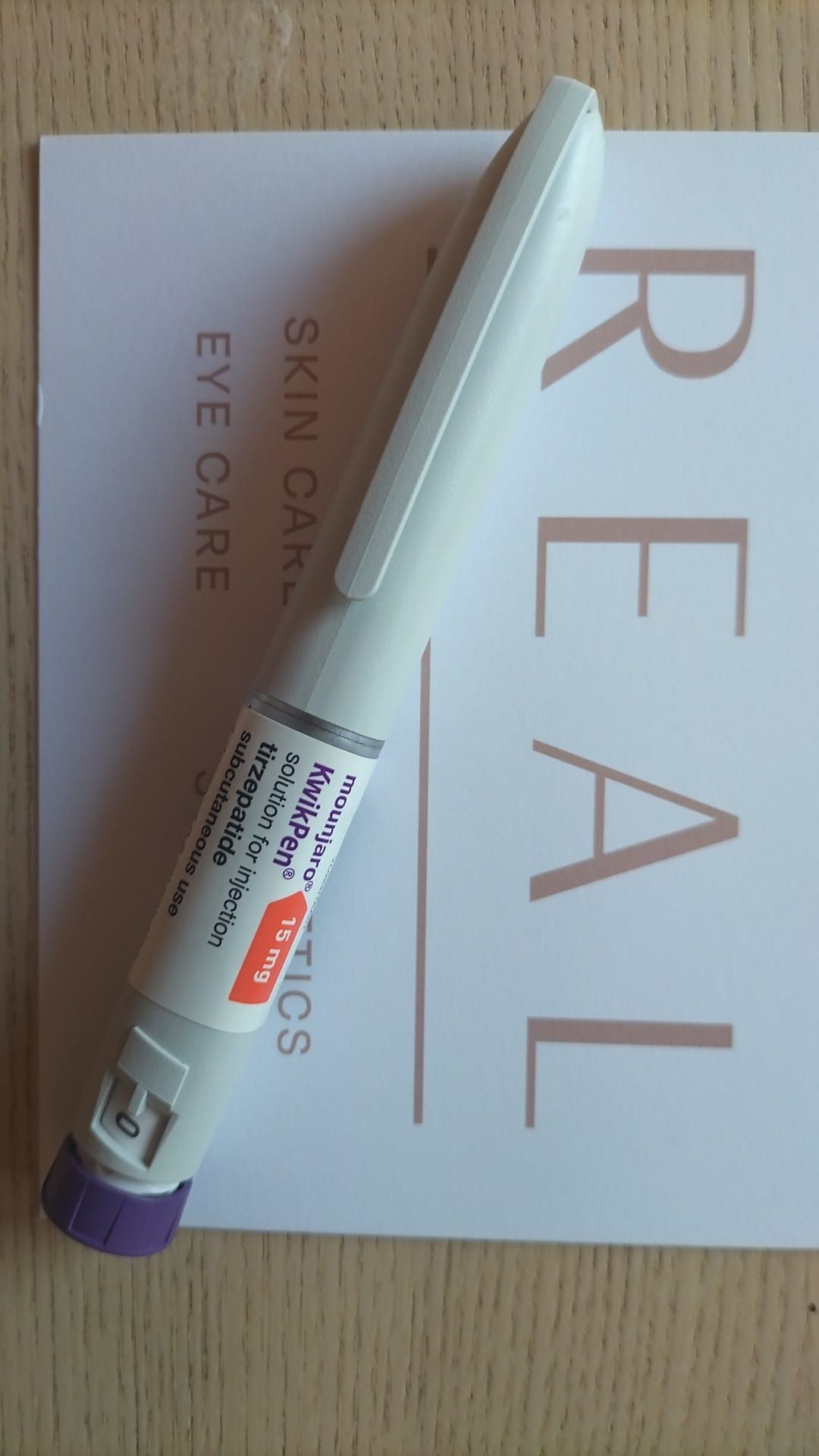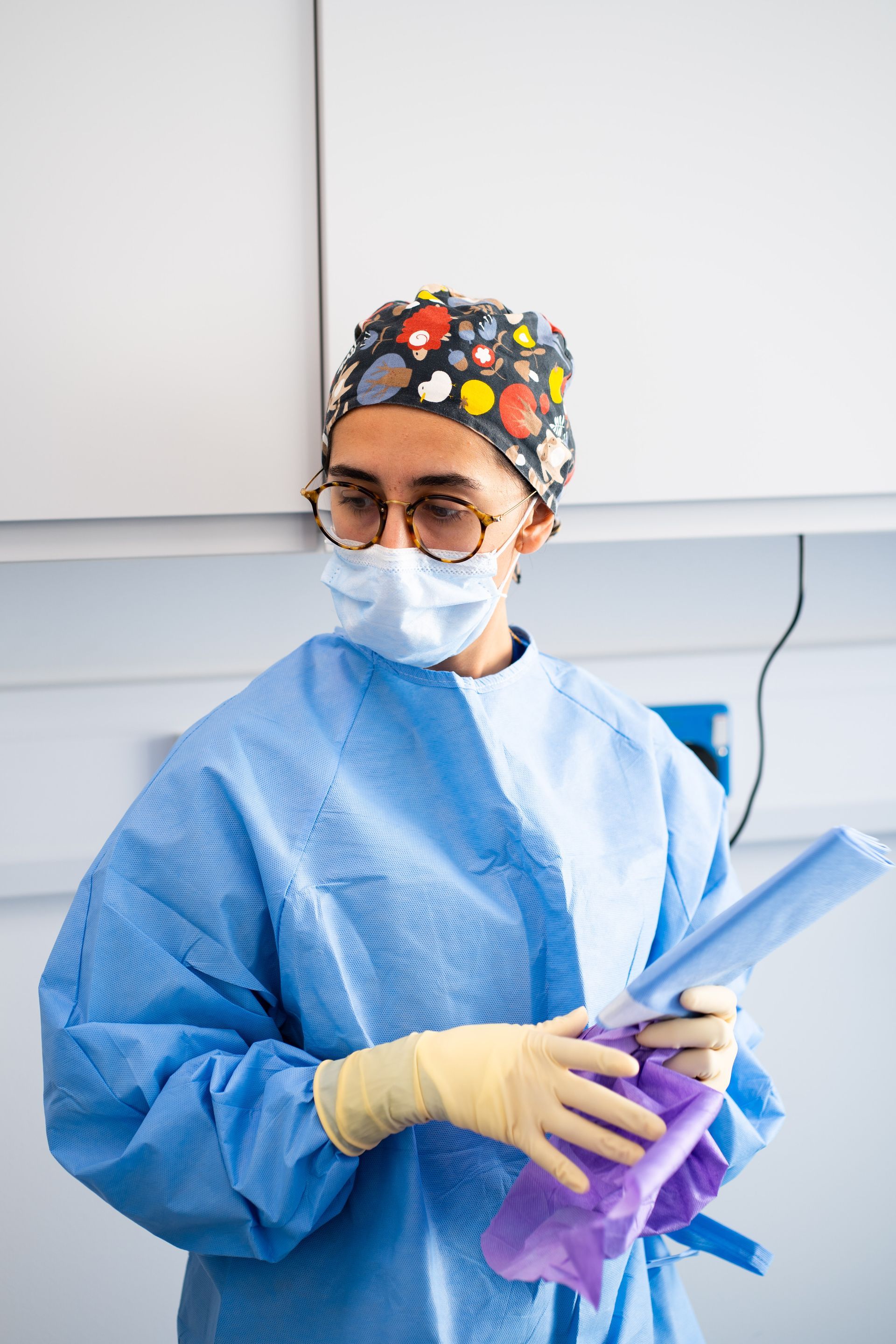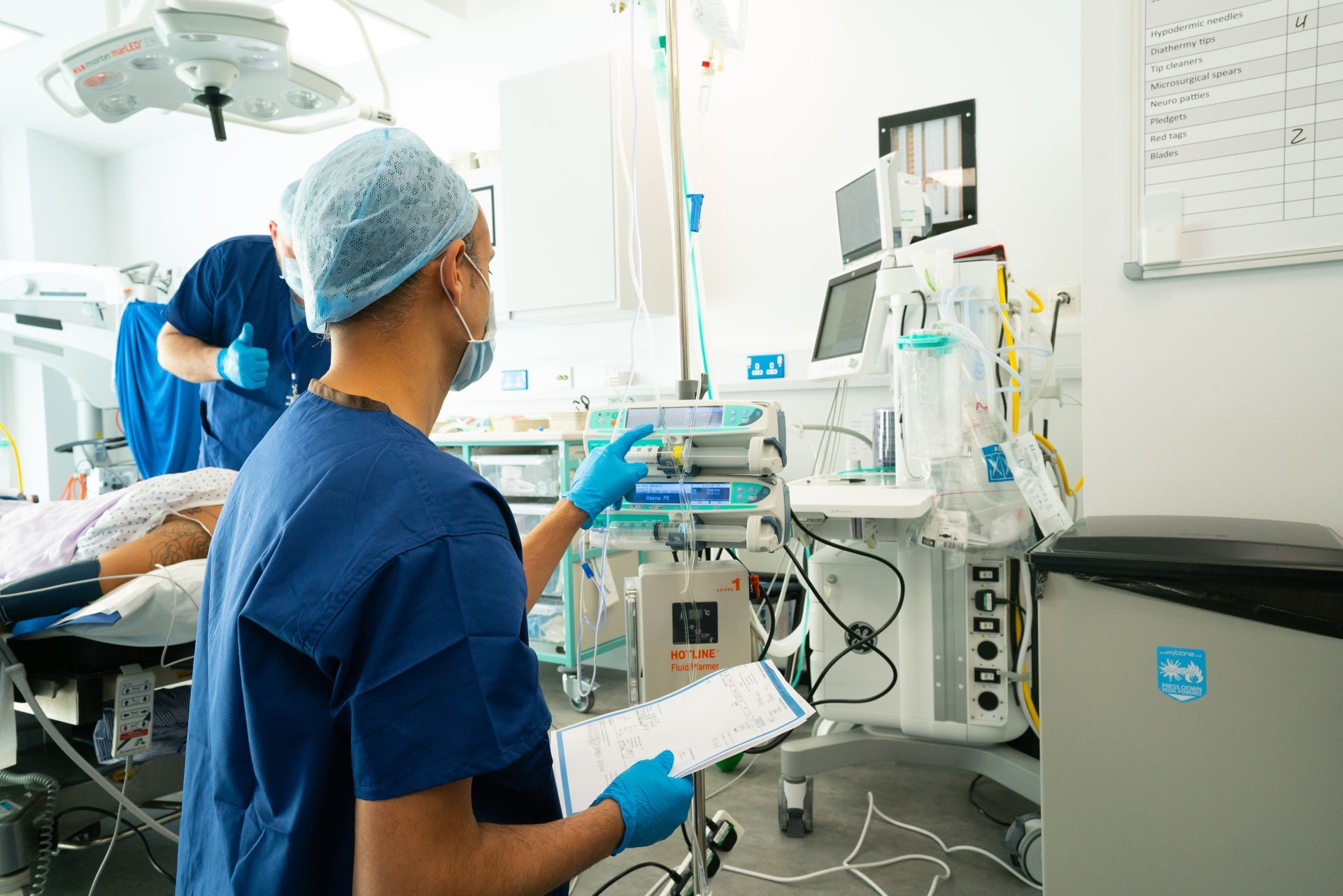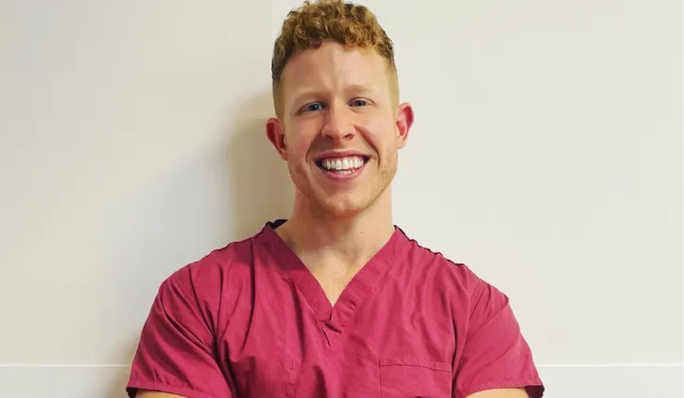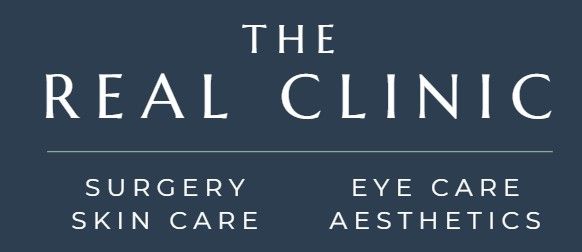'At The REAL Clinic, your comfort, safety and individual needs are at the core of everything we do.'
When considering plastic surgery, whether it is for blepharoplasty, liposuction or rhinoplasty, patients often think about the surgeon and the results but may not be as familiar with the team members behind the scenes that they will often meet on the day of their procedure. One of the key figures in ensuring a safe and smooth procedure is the anaesthetist. I am Dr Neel Desai, an anaesthetist at The REAL Clinic in Battersea, London, and I would like to take you through what a normal day looks like for me and how my work ensures your comfort and safety during your surgery.
Starting the Day - The Preoperative Assessment
My day at The REAL Clinic starts early, reviewing the medical histories of the patients scheduled for surgery. Each patient’s medical background, current medications as well as health concerns are carefully considered during the preoperative assessment. I may ask you some questions such as ‘have you had surgery before? And if so, how did you react to the anaesthetic?’ Or ‘have you had a cold or flu in the past few weeks?’ This helps me gauge a full picture of your current fitness and health and ensure everything is in order for us to provide you with the best possible and individualised anaesthetic when we proceed with your surgery.
This preoperative process is not just a standard tick box routine. It is an essential part of tailoring the care we provide to each individual. At The REAL Clinic, we prioritise personal care, ensuring that every decision is based on your personal needs.
We pride ourselves on not just meeting but exceeding CQC standards, being rated ‘Good’ by the Care Quality Commission. However, it is our philosophy that excellent care goes beyond exceeding these regulations. It is about placing patients at the heart of everything we do.
In the Operating Theatre - Constant Monitoring
Once we are ready to begin the surgery, my role is to administer the appropriate anaesthetic and ensure that your vital signs are closely monitored throughout the procedure, keeping you safe at all times.
Working alongside some of the most skilled plastic surgeons in London, the communication and trust we share are crucial. This teamwork is one of the most rewarding aspects of my job and helps us deliver the best possible outcomes for you.
Postoperative Care - Ensuring Your Comfort
Once the surgery is complete, my focus shifts to ensuring your recovery is as comfortable and smooth as possible. Pain management is an important priority at REAL Clinic, and we use the latest evidence and multimodal techniques to minimise any discomfort you might experience after the procedure.
Our postoperative care is personalised to each individual, just like our approach before and during the procedure. We monitor your recovery closely, making tailored adjustments to ensure your comfort every step of the way. If you ever have any questions, both before or after your surgery, we are here to answer them to make you feel as comfortable and confident as possible.
Why Choose REAL Clinic in Battersea, London?
At REAL Clinic, our focus on patient-centred care is matched by our commitment to having a highly-skilled team and using the very latest state-of-the-art technology. Whether you are considering plastic surgery for aesthetic reasons or medical necessity, you can trust that your well-being is our utmost priority.
Our team works together seamlessly to ensure that every aspect of your care is managed with compassion and expertise. From your initial consultation to postoperative recovery, we aim to provide the highest level of care possible.
Our Commitment to Your Well-being
At REAL Clinic, your comfort, safety and individual needs are at the core of everything we do. As your anaesthetist, I am proud to be part of a dedicated team that prioritises patient safety at every step, ensuring that your surgery and recovery are as smooth as possible.
If you are considering plastic surgery in London, our clinic in Battersea is fully equipped to deliver compassionate and personalised care. Rest assured, you will be in capable hands every step of the way.

